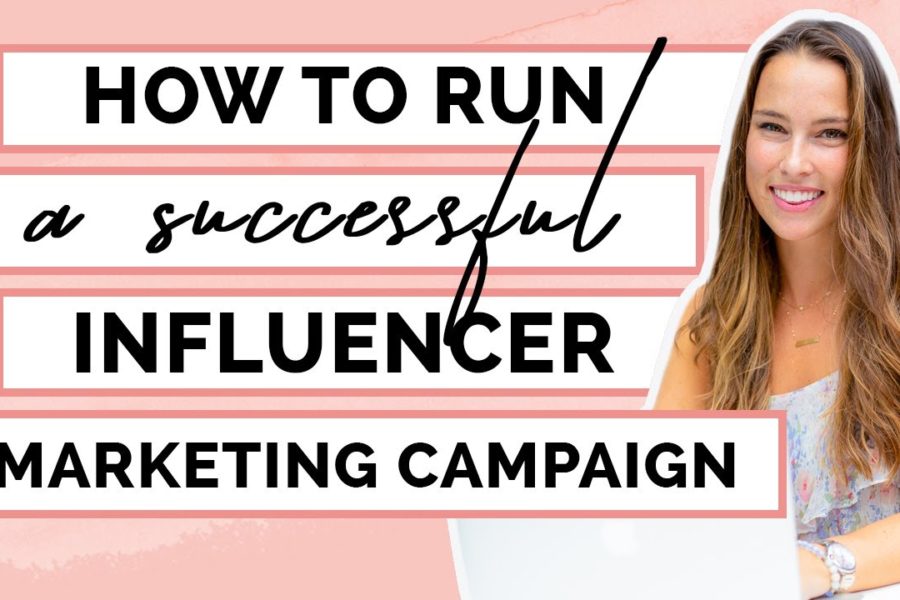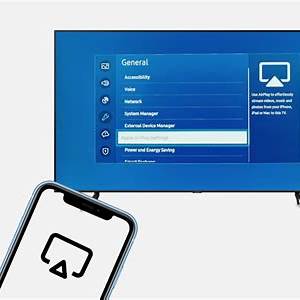Influencer marketing has become a huge part of how brands connect with potential customers today. Instead of just seeing traditional ads, people often trust recommendations from individuals they follow online – influencers. Running a successful influencer marketing campaign means working with these individuals to promote your brand, product, or service to their audience.
I’ve seen firsthand how powerful the right influencer partnership can be. It can feel more authentic than a standard ad and can drive real engagement and results if done correctly. But it’s not as simple as just sending someone a free product. A successful campaign requires careful planning and execution.
What is an Influencer Marketing Campaign?
An influencer marketing campaign is a specific strategy where a brand collaborates with online influencers to market something. This collaboration typically involves the influencer creating content (social media posts, videos, blog articles) that features or mentions the brand, shared with their followers.
How to Run a Successful Influencer Marketing Campaign
Here’s a step-by-step guide to building and executing an effective influencer marketing campaign:
Step 1: Define Your Campaign Goals
Before you do anything else, figure out what you want to achieve. Be specific and make your goals measurable (SMART goals).
- Examples:
- Increase brand awareness by 15% in the next three months.
- Drive 500 new visitors to a specific landing page.
- Generate 100 uses of a specific discount code.
- Increase engagement (likes, comments, shares) on social media posts by 20%.
- Achieve a specific amount of direct sales attributable to the campaign.
Knowing your goals upfront will guide every other decision, from choosing influencers to measuring success.
Step 2: Identify Your Target Audience
Who are you trying to reach? Define their demographics (age, gender, location), interests, online behavior, and challenges. Your target audience should align with the audience the influencers you work with have.
Step 3: Find the Right Influencers
This is crucial. The “right” influencer isn’t necessarily the one with the biggest follower count. They are the ones whose audience matches your target audience and whose content style and values fit your brand.
- Look at different tiers:
- Mega-influencers: Millions of followers (often celebrities). High reach, potentially lower engagement rate.
- Macro-influencers: 100K – 1M followers. Significant reach, often more focused audience than mega.
- Micro-influencers: 10K – 100K followers. More niche audience, higher engagement rates.
- Nano-influencers: 1K – 10K followers. Very niche, high engagement, seen as highly relatable.
- Where to find them:
- Manual Search: Look on platforms like Instagram, YouTube, TikTok, blogs, etc., for people creating content relevant to your industry or product. Look at who your target audience follows.
- Influencer Platforms/Marketplaces: Use dedicated platforms (like AspireIQ, GRIN, Upfluence) that connect brands with influencers and help manage campaigns.
- Agencies: Hire an influencer marketing agency to handle the process for you.
Step 4: Vet Potential Influencers
Once you find potential candidates, do your homework. Don’t just look at the follower number.
- Check their audience demographics (do they match yours?).
- Look at their engagement rate (likes, comments, shares per post relative to followers). High engagement often indicates an active, authentic audience.
- Check for authenticity (are their comments real? Any signs of fake followers?).
- Review their past collaborations (have they worked with competing brands? Is their sponsored content authentic?).
- Assess their content quality and brand safety.
Step 5: Set Your Budget
Determine how much you can afford to spend on the campaign. Influencer costs vary greatly based on their tier, reach, engagement, industry, and the scope of work.
- Payment Models: Costs can include fixed fees per post/video, performance-based commissions (e.g., percentage of sales from a unique code), or providing free products/services. Often, it’s a mix.
Step 6: Reach Out and Negotiate
Contact the influencers you want to work with.
- Initial Outreach: Send a clear, concise email or message. Introduce your brand, explain why you like their content, mention the campaign idea, and ask if they’re interested in collaborating.
- Negotiation: Be prepared to discuss deliverables (how many posts, what type of content, which platforms), timeline, usage rights for the content, and compensation.
Step 7: Develop a Campaign Brief and Agreement
Once you have an agreement, create a detailed campaign brief. This ensures everyone is on the same page.
- Brief Content: Include campaign goals, key messages, target audience reminder, specific deliverables (e.g., “1 Instagram in-feed post, 3 Instagram Stories”), required hashtags, key talking points (but allow creative freedom), deadlines, and crucial information about disclosure.
- Agreement/Contract: Have a written agreement outlining all terms, payment, usage rights, timelines, and cancellation clauses.
Step 8: Review Content and Ensure Disclosure
- Content Review: If your agreement allows, review the influencer’s draft content before they post to ensure it meets the brief and accurately represents your brand (while still being authentic to the influencer’s style).
- Mandatory Disclosure: This is critical and often legally required. The influencer must clearly disclose that the content is sponsored or an advertisement. Common ways include:
- Using platform-specific tools (like Instagram’s “Paid Partnership” label).
- Using clear hashtags like #ad, #sponsored, #paidpartnership. Avoid ambiguous tags like #thanks or #partner.
- Making a clear verbal disclosure in videos (“This video is sponsored by [Brand Name]”).
- Ensure the disclosure is prominent and easy to see/hear.
Step 9: Monitor the Campaign
Once the content goes live, track its performance.
- Monitor the posts for engagement (likes, comments, shares).
- Track mentions of your brand and the campaign hashtags.
- Engage with comments on the influencer’s posts where appropriate.
Step 10: Measure Results and ROI
After the campaign period, measure its success against your initial goals (Step 1).
- Track relevant Key Performance Indicators (KPIs):
- Awareness: Reach, Impressions, Mentions.
- Engagement: Likes, Comments, Shares, Saves, Engagement Rate.
- Website Traffic: Clicks from the influencer’s links (use UTM parameters to track).
- Lead Generation: Sign-ups, form submissions.
- Sales: Use unique discount codes or affiliate links to track conversions directly from the influencer.
- Calculate ROI: Compare the cost of the campaign to the value generated (e.g., revenue from sales, value of leads, cost saved compared to other marketing channels).
Step 11: Analyze and Learn
Review the results. What worked well? What didn’t? Which influencers were most effective? What type of content resonated most? Use these insights to refine your strategy for future campaigns.
Best Practices & Tips
- Authenticity Wins: Encourage influencers to create content that feels genuine to their style and audience.
- Build Relationships: Think of influencers as partners, not just advertisers. Long-term relationships can be very valuable.
- Clear Communication: Be clear about your expectations from the start, but also be open to the influencer’s creative input.
Running a successful influencer marketing campaign takes effort, from finding the perfect fit to meticulously measuring the outcome. By following these steps, you can increase your chances of connecting with your target audience effectively and achieving your marketing goals.






